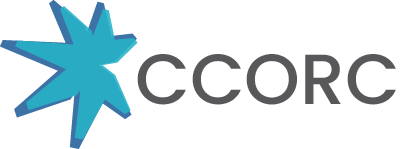Dina Marrakchi El Fellah
University of Miami
Co-Authors: Bria-Necole Diggs1, Amrit Baral1, Ranya Marrakchi El Fellah1, Jessica Islam3, Marlene Camacho- Rivera2, Sarah E Messiah4, Denise C Vidot1
1University of Miami, 2Moffit Cancer Center, 3SUNY Downstate Health Sciences University, 4University of Texas
Background: In tandem with the surge in the prevalence of anxiety amid COVID-19 pandemic, exploration and research of alternative and naturalistic treatments as anxiolytics has been burgeoning. Psilocybin, a fungi-based psychedelic substance, has shown potential in reducing anxiety levels; however, its co-use with cannabis is under-documented. This analysis aims to explore the prevalence of anxiety and patterns of psilocybin use among cannabis consumers at times of public health crisis, such as during the COVID-19 pandemic.
Methods: The global COVID-19 Cannabis Health Study (N=2,816) is a multi-site cross-sectional study conducted via a REDCap electronic survey. Cannabis and psilocybin use were self-reported. Anxiety was assessed using the Generalized Anxiety Disorder (GAD-7) and standardized cut-offs were applied to categorize the levels of anxiety as minimal, mild, moderate, or severe. Data included in this study are from March of 2020 to March of 2023. Descriptive statistics were employed and Chi-Square/Fisher’s exact tests were conducted using SAS Analytics with two-tailed alpha set to 0.05.
Results: Of the overall sample, 95.5% consumed cannabis in the past year and 25.0% consumed psilocybin. Among the cannabis consumers, 52.8% were males, 74.4% Non-Hispanic White, and 26.1% consumed psilocybin. The average GAD-7 score among cannabis consumers was found to be 7.4 (SD=5.5) indicating mild anxiety. 40.6% of cannabis consumers who never consumed psilocybin had minimal anxiety. There was a significant difference in anxiety and changes in psilocybin use (p=0.04); 35.6% of cannabis consumers that have consumed psilocybin but had no change to their psilocybin use since COVID-19 was declared a pandemic were found to also have minimal anxiety. In contrast, of the cannabis consumers that decreased their psilocybin use, 32.3% were found to have mild anxiety. Among those with an increase in their psilocybin use, 26.0% were found to have mild anxiety and 26.0% were found to have moderate anxiety.
Conclusion: A considerable proportion of cannabis consumers experienced various levels of anxiety. Findings suggest an association between changes in psilocybin use patterns during the pandemic with varying anxiety levels. Given the increasing co-use of psychedelics and cannabis along with growing research on their impact in mental health treatment, future studies are warranted to determine whether changes in use at times of public health crisis directly impacts anxiety levels or vice versa.
